It relies on accurate data input and recordkeeping to trace costs through the manufacturing process. And the second reason for a good cost accounting system is that the Internal Revenue Service demands it. The IRS wants to see the profit levels for each product sold, and proof for the calculations. And on top of that, the IRS wants wineries to allocate interest costs to wine when the production process takes at least two years, so there’s another cost accounting step. First, wines could be kept in storage for more than one year, so you have to allocate costs not just to several types of wine, but also to several vintages of each varietal. And on top of that, the winemaster might decide to engage in blending activities somewhere in the production process, which mixes wines together, and, of course, complicates the cost accounting.
- These changes include an expansion of the availability of the excise tax credit which was previously only available to small producers.
- This metric is essential for understanding the liquidity of the business and its ability to sustain operations without relying on external financing.
- This makes for an interesting cost accounting situation, since the various products spend differing amounts of time in the cellar or bottle storage.
- In the second article we dive into steps for setting up a system and best practices to derive this metric, and in the final article we discuss specific COGS insights for wineries by case volume.
- Part of the appeal of owning a winery lies in the transformation that changes the fruit of a relatively common plant into a unique and distinctive creation.
- Tasting room inventory should be counted regularly as well as included in the winery’s physical inventory count.
- Attempting to avoid payment of excise taxes for any reason, including the falsification of production levels or loss amounts, can result in the revocation of a winery’s permit.
Internal fraud issues.

For example, if the bonded warehouse is responsible for paying excise taxes, winery personnel should follow up with the tax authorities to make certain that taxes accounting for vineyards and wineries have been paid. Periodic physical inventory counts of bottles stored at bonded warehouses can also help to detect inventory theft. Tracking the production of alcohol in the United States falls under the auspices of the federal Alcohol and Tobacco Tax and Trade Bureau (TTB).

The Ultimate Guide to Winery Accounting

Cash flow from operations is another critical metric, reflecting the actual cash generated by the winery’s core business activities. This metric is essential for understanding the liquidity of the business and its ability to sustain operations without relying on external financing. Positive cash flow from operations indicates that the winery can cover its operating expenses and invest in growth opportunities.
Treatment of vineyard costs
Some restrictions could limit the ability for a vineyard or winery owner to take this deduction, including limitations on overall income as well as limitations based on the amount of W-2 wages within the applicable business. Here, we break down wineries by size, so you can see where you stand—and learn how to understand your cost of goods sold (COGS) and gain greater insight into how production and costs are impacting your bottom line. Cash is key to grow and gross vs net expand your business as the industry evolves, especially as businesses look to grow their e-commerce, retail sales, and direct-to-consumer presence. Knowing your cash flow can help you proactively plan for the next phase of your business and free you from worries that you won’t have the resources to execute your vision. Knowing about strategies such as accrual accounting and smart production account management helps you make confident financial decisions, fueling your winery’s success.
States have different rules related to wine distribution and sales; most states require some variation of a three-tier distribution system made up of a winery, distributor, and retailer. Records must be kept for loss, leakage, and voluntary destruction quantities, because no tax will be charged on those amounts. The TTB has specific mandated limits for these losses; its Report of Wine Premises Operations (Form F5120.17) requires information on various categories of losses, and a failure to satisfactorily explain shortages may require tax assessment. Attempting to avoid payment of excise taxes for any reason, including the https://www.bookstime.com/blog/how-to-do-bookkeeping-for-cleaning-businesses falsification of production levels or loss amounts, can result in the revocation of a winery’s permit.


